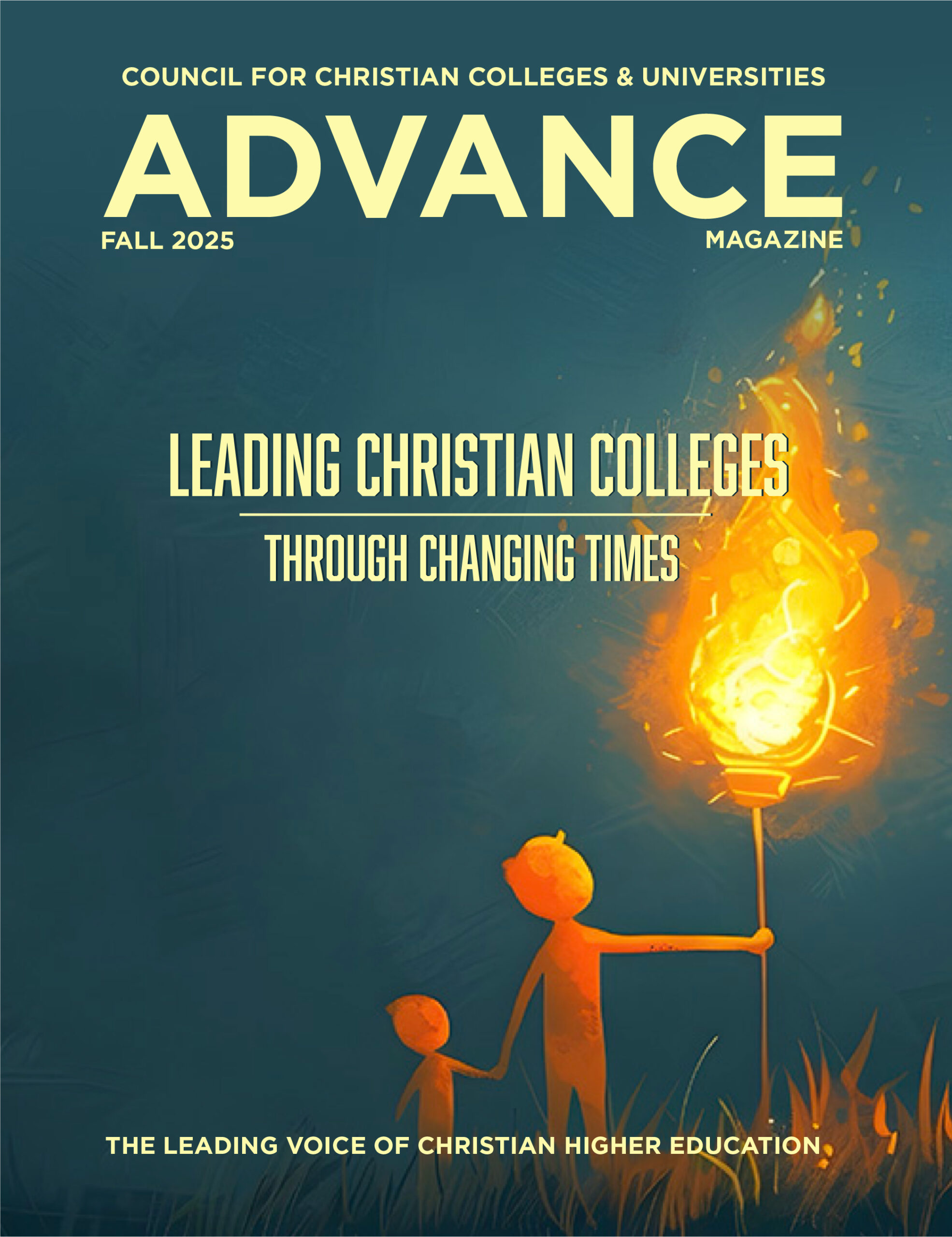Magazine
During the spring and summer of 2016, SB 1146 led college and university leaders, legal experts and church leaders to engage in discussion because of the bill’s serious threat to religious freedom. The combined efforts of these groups created a powerfully effective movement.
Clearly, the colleges and universities involved all their constituencies. Less visible but of equal importance was the activity of legal experts, who engaged in behind-the-scenes in dialogue and study to keep concerned parties apprised of each amendment and nuance of the legislative process. A third and significant facet of the response came from the church. It was apparent that academic opportunities for church youth were in jeopardy, and the proposed restrictions became a harbinger for what could easily happen in local churches and church day-schools.
It is evident that none of these initiatives alone would have resulted in the amendment of the bill. Further, if one of them had been missing from the process, the outcome could easily have been different. This triad of engagement has provided an excellent pattern for future legislative initiatives that are forthcoming in California, in other states and at the federal level.
Early in the process, the matter of framing the relationship between the universities and the pastors was vital. It is easy for Christian schools to see their role as central, even dominant, to the surrounding churches, since they provide leaders, pastors and other resources. However, in this situation, we knew we had to ensure that universities and churches collaborated as full partners.
Rather than the presidents instructing the church leaders on what should be done, we intentionally positioned the church leaders as the principal agents to engage the legislators in defense of “their” schools. This allowed pastors to feel the burden, and share the opportunity, of acting on behalf of colleges and universities that are the principal sources of developing their youth into well-formed Christian leaders.
This slight shift in the relationship between schools and churches was most clearly evident in three pastoral gatherings held over the summer. Each meeting included noted pastoral leadership who opened the event by framing it as a gathering of churches around the subject of the legislation. Ample time to pray for the national issues of racism, discrimination and suffering set the tone for the event and the agenda. The central part of the program provided a platform for three college presidents to discuss events and inform the pastors. Each of the presidents recognized the importance of this nuance and humbly positioned themselves in the hands of the church leaders, acknowledging the important leadership the church must take in championing the cause.
There were two significant outcomes from this unique pattern. First, the influence of the churches – both local laypeople and well-known leaders – was perhaps the most important factor in causing the legislators to realize the significant resistance to this proposed legislation. Prior to the churches’ engagement, the bill was moving along party lines without resistance in the Senate or other committees. Churches brought the emotional, personal and relational dynamics of the legislation to an intensity that could not be ignored.
A second important outcome is the ongoing relationship of collaboration between the schools and churches – especially Hispanic and historically black churches. This may create a deeper, lasting sense of ownership of religious universities and colleges by church leaders. It will be increasingly incumbent upon the schools to partner with churches in making higher education even more accessible to minority groups.
An unanticipated lesson involved recognizing that traditionally white, evangelical, middle-class Christian schools have become largely disconnected from the daily forces at work in state government. Legislators simply do not know the nature and work of the many religious schools in the nation. The influence of the past evangelical movement created a bubble of isolation, which has now been lanced. Churches, especially those with diverse congregations, have emerged as a critical path to helping schools become more engaged, relevant, informed and known within the states they serve and to which they contribute enormous benefit.
Kevin Mannoia has been the chaplain at Azusa Pacific University since 2005. Prior to that, he served as dean of APU’s School of Theology and as president of the National Association of Evangelicals.


